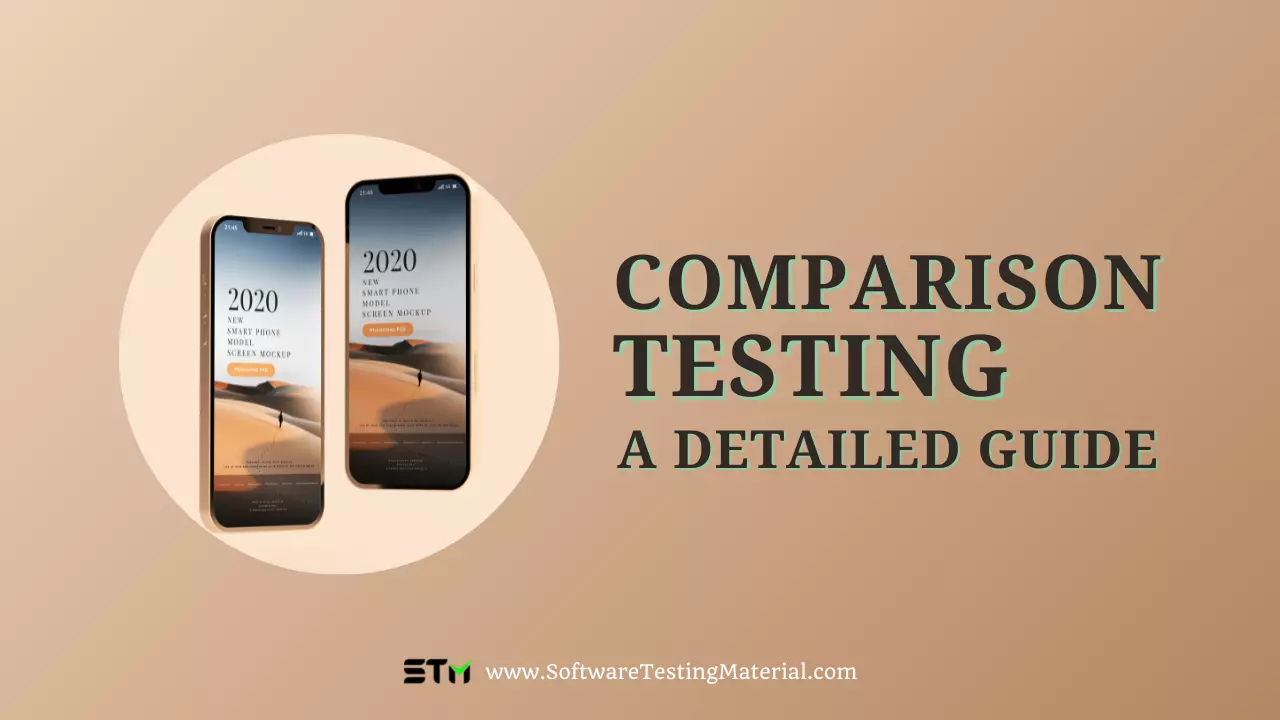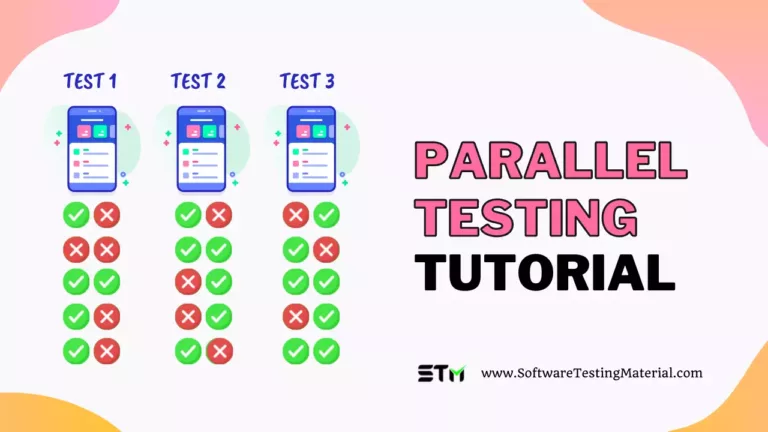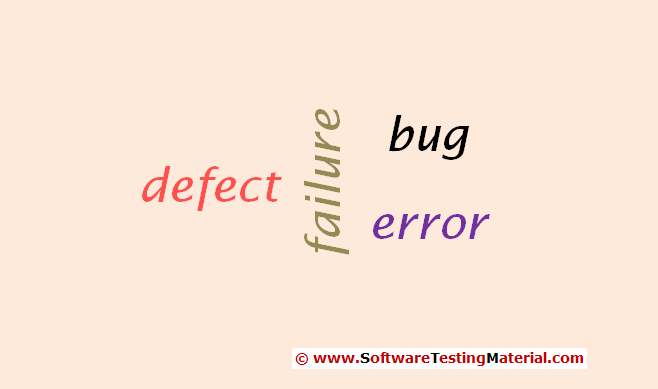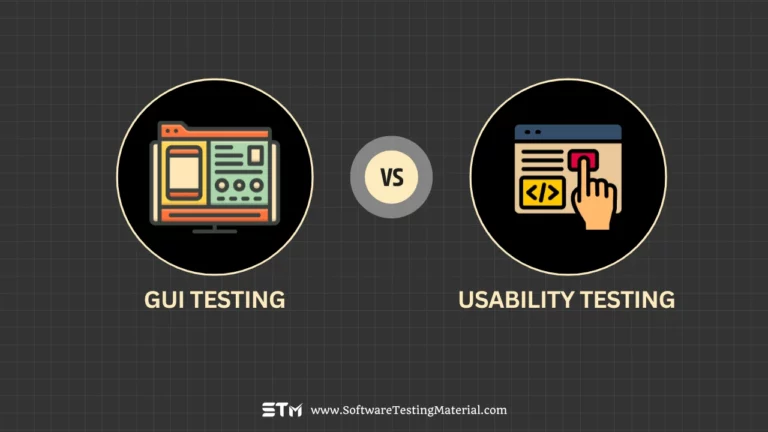What is Comparison Testing in Software Engineering

It is obvious that there are thousands of softwares and programs available in the market, which means that people are competing for their position in the market and attempting to sell their softwares.
But, the question is how do you know if your software will hit the market.
Comparison testing creates an opportunity to gain exposure and grow business.
Let’s dig a little deeper into this to understand this practice in more depth.
What is Comparison Testing
Comparison testing identifies strengths and weaknesses of a software product against other software products that already exist in the market and are readily used by the target audience.
A comparison test will help you understand whether or not your software project will be a marketable one after its commercial release. In fact, comparison tests show whether the software project is competitive and useful to end users after its release. You might want to compare the software to ensure that it has a fair chance to be profitable.
Comparison testing is meant to reveal the software products’ competitive edge in the market and pinpoint any loopholes within it. However, comparison testing does not aim to create a competitive market but rather intends to continuously improve software products over time.
What we compare in Comparison Testing
The comparison testing aims to compare functional as well as non-functional criteria such as operability, software usability, installation process, compatibility, etc. It is possible to compare any element of a software application. However, other criterias may be included. For example, design and architecture of the software product, functionality of the software application, storage, processing speed, performance, database system, security, hardware and software supported, time taken to operate a functionality and many more.
The comparison tests actually go through two different evaluative phases in the case of confusion over the test criteria, i.e., Application is tested against known standards or benchmarks. Application is tested against specific features of other existing software products.
Generally test criteria is determined based on the type of the software application that is being tested as well as the use-cases that are involved in business requirements.
When Comparison Testing is Performed
This type of testing does not relate to a particular phase of software development, nor is it associated with a specific guideline. It can be carried out independently or in conjunction with other forms of software testing.
The comparison testing procedure is generally implemented at three stages, namely:
- Early stage of software development process – Changes in business requirements or design of software product can be captured in early stages. Ideally, the software testing company would implement it to compare different interface styles and determine which one suits best.
- Mid stage of software development process – User Interface elements and behaviour of each functionality of software product can be compared and improved in this stage of software development process. It may be applied to single elements, for example to compare various kinds of buttons to determine which one is best. Behaviour of software when integrated with other modules can also be assessed.
- End of the software development process – Quality, processing speed, support of hardware and software to run product can be evaluated alongside the critical business objectives in the last stage.
Why Comparison Testing is Performed
The objective of comparison testing is to compare two or more aspects of a software program, and it can be undertaken as part of any other kind of software testing, be it mobile, web or desktop testing.
If you compare two different design elements, compare the previous and the current product, or compare the software of your company to the one of the competition, you’ll be able to see what each has to offer as well as its shortcomings.
It can help businesses to make claims about software products, like The fastest app relative to response time, the most rugged product relative to network load, etc., by identifying clear test criteria and accurate test results.
How Comparison Testing is Performed
The foremost thing is to identify the competitors and develop benchmark tests to evaluate their performance. Typically, it is accomplished by comparing multiple elements side-by-side. Two types of data are collected for each of the compared elements, namely performance and preference information. Both sets of data are then compared.
In comparison testing, software companies can utilize exploratory procedures or a standardized approach that includes both control and experimental groups. The kind of comparison testing depends on the goals that companies want to accomplish.
In comparison testing the better results are gained from elements that differ drastically, rather than slightly. The reason behind this might be that:
- Software testing company engineers have to put more effort into elements that differ dramatically.
- Software testing company engineers have to set up a system that differs from the one they are accustomed to.
- Diverse elements need to be analyzed separately since some alternatives have a common framework, but others function differently.
Advantages of Comparison Testing
Comparison testing is the most useful testing which can be conducted to compare a particular software product with another one currently available on the market. It helps in assessing the quality of the software product by providing information about application’s weaknesses and strengths.
In addition to revealing how valuable and competitive your product is, it also tells whether the software project is marketable or not. Comparison testing helps software companies to judge if their product can be commercialized. By determining whether software is likely to be profitable, and by checking all the important features of the software prior to commercialization, it helps in determining its viability.
Besides helping the product to be competitive enough to perform well in the market, it helps in understanding and improving internal design structure.
Disadvantages of Comparison Testing
There is no doubt that comparison tests have practical advantages. However, comparison testing is sometimes inconvenient.There are a number of pitfalls that render comparison testing somewhat difficult to execute.
If your product has a weakness or deficiencies, your competitors and end users may become aware of it, and this can be detrimental. You can put your product at risk of failure if any such shortcoming of product is discovered.
Changing or modifying the software can be very challenging as the software has already made it through most of the development stages before it is tested. Moreover, Adding new features to a product that lacks some important features during the testing process becomes very challenging, complicated and time consuming. Above all it is always risky in all cases to make changes to software in smaller increments, as the changes might affect the entire product’s functionality.
As a result, It makes sense to conduct all other tests as well, such as the black box testing, white box testing, integration testing and performance testing.
Some example test cases of Comparison Testing
Comparison testing can prove beneficial for almost every software product. It could be a web application, mobile application, ERP application, CRM application, or could be any module of a particular application. Let us now understand this better through a few examples.
For example, when you develop a PDF Merge software application, you will want to compare your product with other PDF Merge software applications, mainly focusing on the speed of merging, performance, and PDF quality of the combined document depending on what you are working on. As a consequence, comparison testing becomes necessary to know the scope of improvement with respect to other functional and non functional areas.
In case of any CRM application, generally the main concern areas are capturing customer details, processing customer orders, handling customer requests, and resolving customer issues. Comparison testing can begin with a review of the functionality of the application against known market standards and functionality as they exist on the market at the time of testing.
- All the relevant modules of a CRM application should be functional as expected by any end user.
- Application should capture all the details of the customers.
- For every customer issue, make sure a trouble ticket is raised.
After the application is functionally tested, software engineers can perform more advanced testing and can compare its features with those of other software products on the market such as
- Verify that the application is capable of handling the maximum network load.
- Review the user interface’s look and feel. The application should have a pleasing look and feel.
- Comparing the application’s end-to-end integration with other software products is essential.
- Compare the price of the application with other similar applications,
- Verify the usability of the application. Application should be easy to use as compared to other software products having similar functionalities.
There are many other test conditions that can be included to get better test results for not only promoting the software product but also to identify the pitfalls and enhance the product.
Conclusion
Comparison testing can serve as a valuable tool and one of the effective means to improve the image of a software product. Comparison tests act as a benchmarking resource and allow software companies to identify what they are hoping to accomplish with their product.
When companies conduct a comparison test, they can introduce numerous features that ultimately improve the product’s usability and help the product become more reachable. In addition, it provides business insights that are crucial to the promotion of a software product and to exposing potential loopholes before it is launched on the market.
End-users will also benefit greatly from these kinds of tests, as they will be able to select the suitable software that will meet their needs perfectly.
Co-Author Bio: Harsha Mittal is a certified Software Test Engineer. She has 5+ years of experience in the field of Software Testing.






